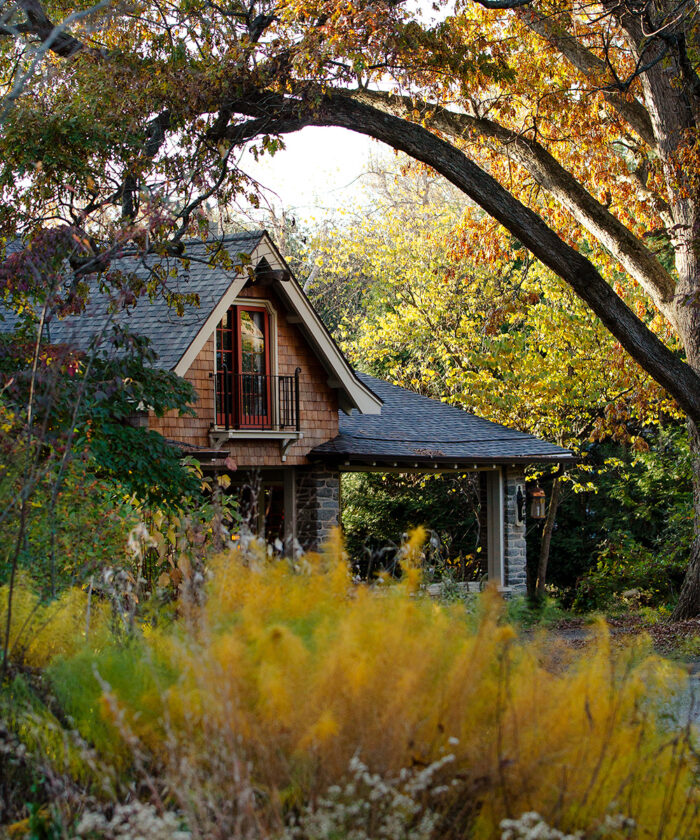
Jeff Lorenz and his team at Refugia Design specialize in creating native landscapes in the Philadelphia area. In addition to looking better than turfgrass, the gardens they design also manage stormwater much more effectively and provide better habitat for native pollinators. Transforming a lawn into garden space can be a big undertaking, but Jeff shared some simple tips on how to do it without feeling overwhelmed.
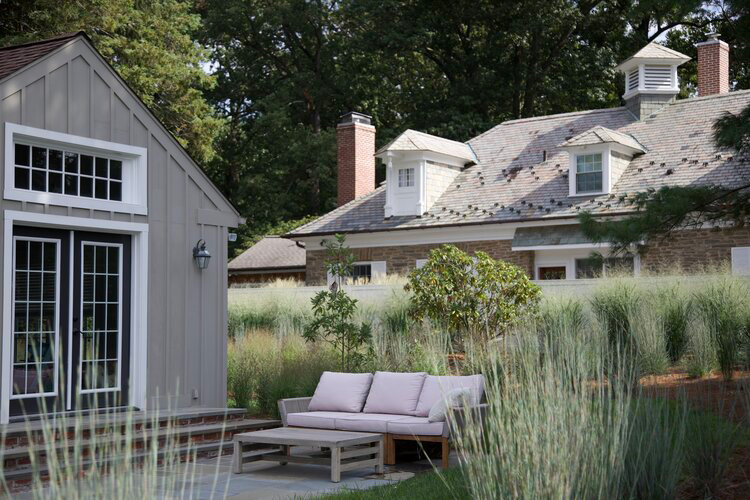
Decide how much lawn to replace, and what you will grow instead
Instead of using turfgrass, your lawn can become a “no mow” area. This can be achieved by using plants that do not need to be mowed regularly, such as low-growing sedges (Carex spp., Zones 3–9) and seed mixes with a variety of native fine fescues (Festuca spp., Zones 3–9). These types of grasses typically need to be cut back only once a year.
Jeff calls this a good option but says that there are even better ways to replace a lawn with a diversity of plants. He believes the best way is to just start planting. Begin by assessing how much lawn you really use and want to maintain. For example, if you have kids, you might want to leave a little lawn for them to run around. After deciding how much lawn to keep, start planting from the perimeter in, adding native plants whenever possible. This way the garden will slowly fill up the lawn space. Another suggestion for replacing lawn is to add a meadow. This is a great way to substitute turfgrass in a large, open sunny area.
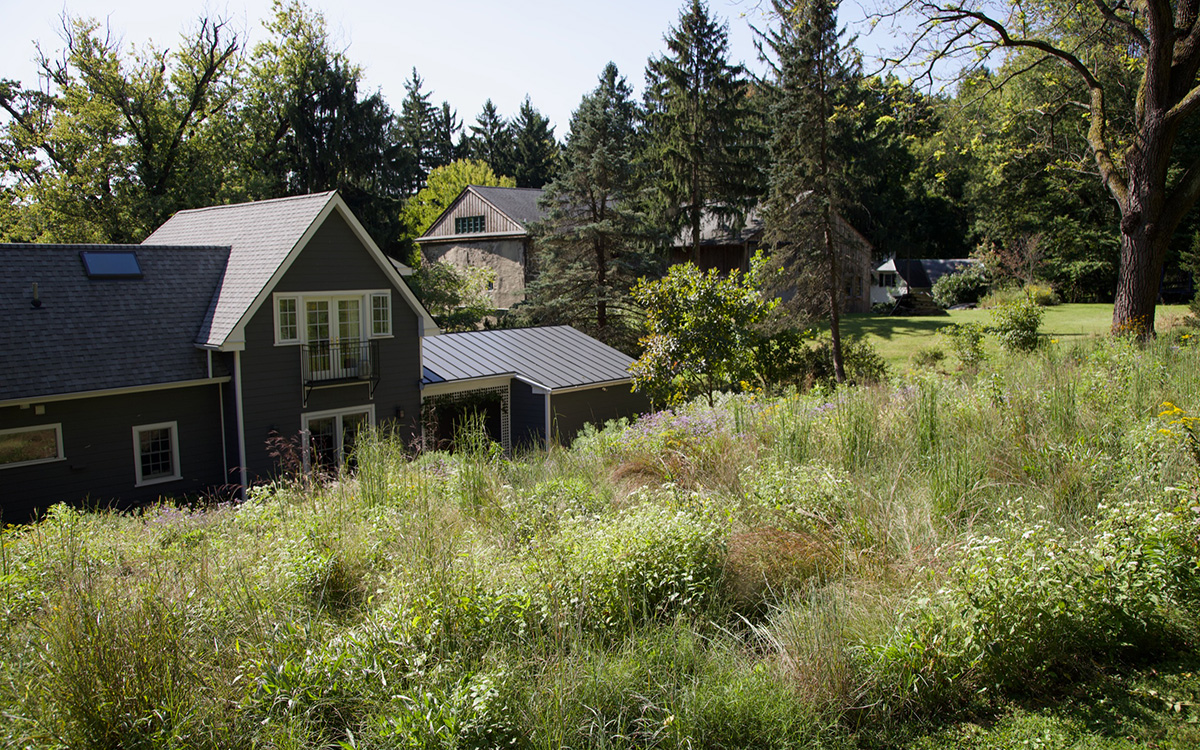
Put your plants to work
Jeff says that the typical lawn allows most stormwater to wash away without being absorbed into the ground. Replacing turfgrass with a garden has an immediate impact on stormwater management. Once planted, there will be very little stormwater runoff, as the plants will utilize any rainwater. Another reason to plant native plants in place of grass is to help with soil compaction. The roots of many native plants will naturally pierce and break up clay or compacted soil. Since the roots of some native grasses can grow 8 feet deep or more, these plants can break up soil far more effectively than mechanical means.
If you garden in an area with deer, Jeff advises using North American native ornamental grasses and aromatic plants. Deer do not tend to browse on the sharper blades of grasses, or on aromatic plants such as scarlet bee balm (Monarda didyma, Zones 4–9). However, when protecting the shrub layer, you may need to install fencing temporarily during the fall rutting season and in winter. Deer deterrents such as Deer Scram or Plantskydd can also provide helpful protection while plants get established. Once established, a diversity of plants should help mitigate the effects of deer browse. The deer may eat some, but not enough to affect the plants.
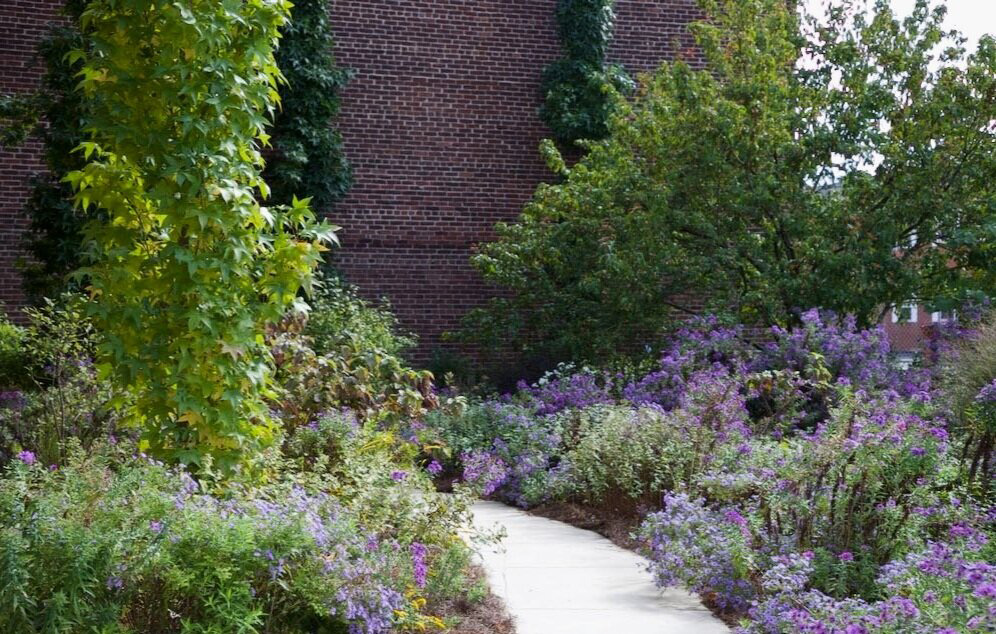
Mix in some fast-growing natives
Jeff also recommends planting some fast-growing plants to get the garden areas started. In the shade, for example, he likes to use golden ragwort (Packera aurea, Zones 3–8) mixed with ferns. Golden ragwort spreads quickly, but it will allow the ferns to share the space as they grow. For a sunnier area he uses mountain mint (Pycanthemum muticum, Zones 4–8), but he advises that this plant should only be used if you have plenty of space, since it is aggressive. Black-eyed Susan (Rudbeckia hirta, Zones 3–7) and lanceleaf tickseed (Coreopsis lanceolata, Zones 4–9) are heavy hitters in the first few seasons as slower perennials are getting established. Jeff uses these for succession planting due to their self-seeding tendency. They can easily be weeded from places in which they are not desired. When planting a meadow, Jeff does not include straight-species switchgrass (Panicum virgatum, Zones 3–10). This grass can be incredibly aggressive and may quickly take over a meadow. Instead, try little bluestem (Schizachyrium scoparium, Zones 4–9), broomsedge (Andropogon virginicus, Zones 5–8), or one of the less-aggressive switchgrass cultivars.
Whichever way you choose, replacing a lawn can only benefit the local ecology and better manage stormwater. Start small by adding a small no-mow area, a native perennial bed, or a small meadow to your landscape. By doing so, you will encourage the diversity of pollinators and wildlife, all while improving soil conditions and providing a better view.
—Michele Christiano has worked in public gardens for most of her career. She lives in southern Pennsylvania and currently works as an estate gardener maintaining a private garden designed by Piet Oudolf.
- Curious about low-mow turf alternatives? Nancy Ondra digs a little deeper here: Are Low-Mow Grasses the Way to Go?
- To learn more about providing habitat for native bees, check out this article: Supporting Native Bees in the Mid-Atlantic
- If you are thinking about starting some native plants from seed, here are some tips from the staff at Mt. Cuba Center in Hockessin, Delaware: Propagating Natives by Seed in the Mid-Atlantic
Fine Gardening Recommended Products
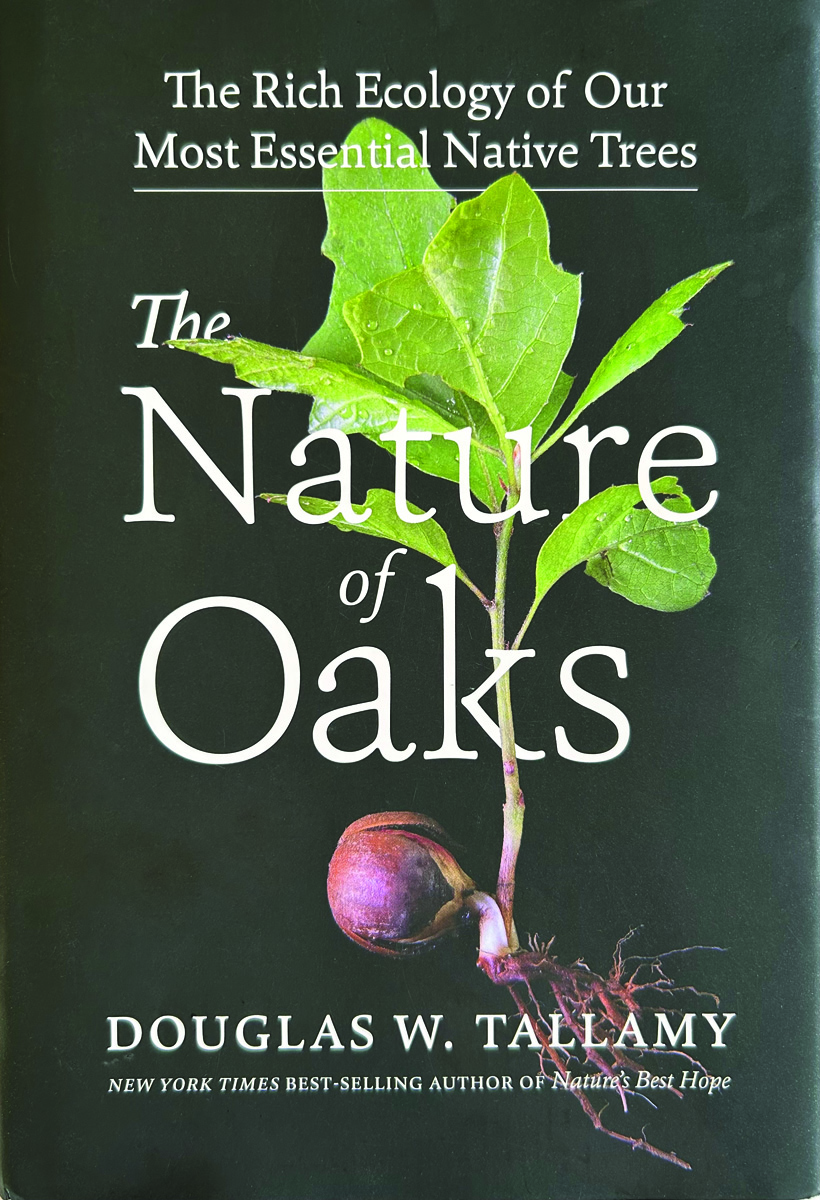
The Nature of Oaks: The Rich Ecology of Our Most Essential Native Trees
Fine Gardening receives a commission for items purchased through links on this site, including Amazon Associates and other affiliate advertising programs.

Planting in a Post-Wild World: Designing Plant Communities for Resilient Landscapes
Fine Gardening receives a commission for items purchased through links on this site, including Amazon Associates and other affiliate advertising programs.

ARS Telescoping Long Reach Pruner
Fine Gardening receives a commission for items purchased through links on this site, including Amazon Associates and other affiliate advertising programs.



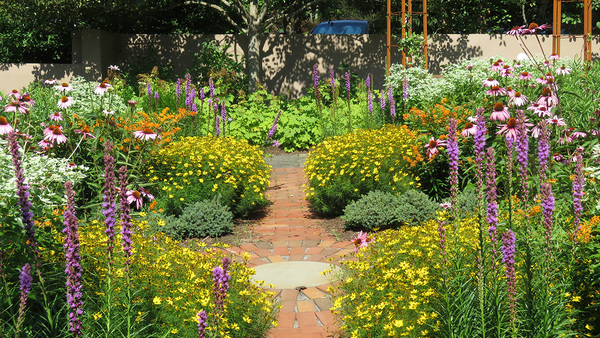


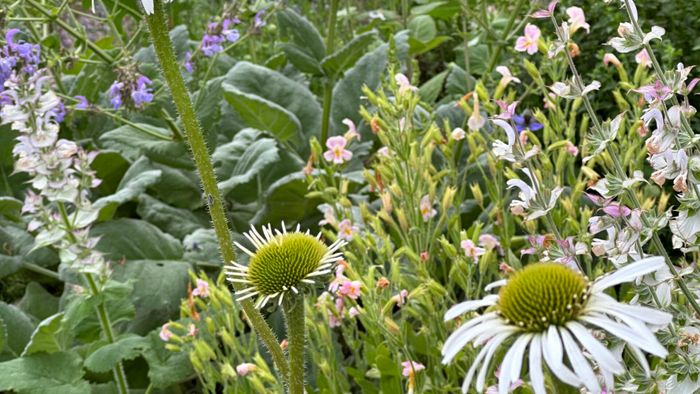
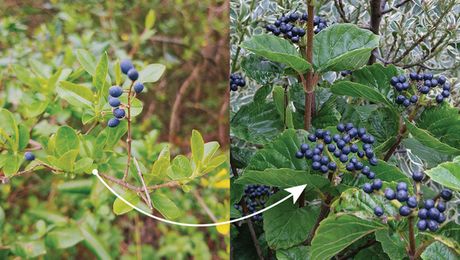
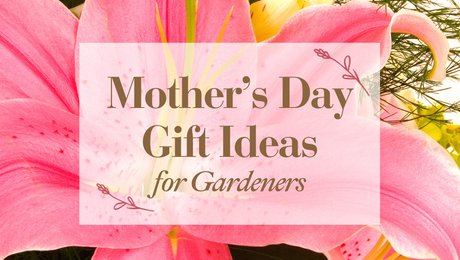










Comments
Log in or create an account to post a comment.
Sign up Log in